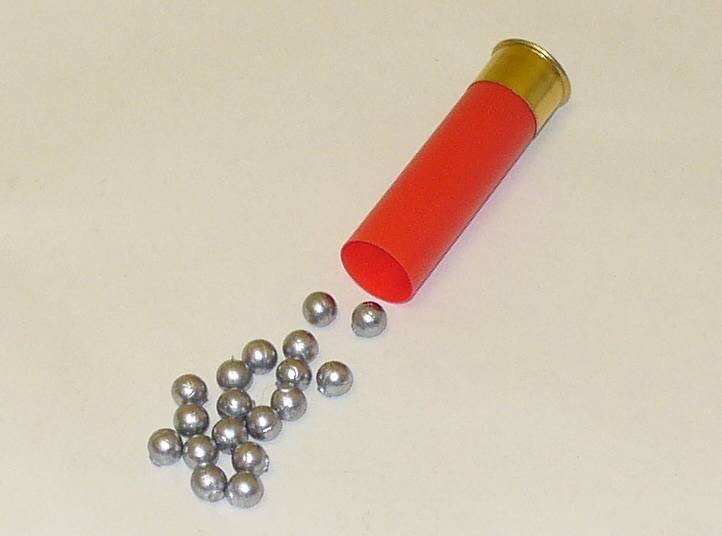
I would say rocks can travel in clusters.
Posted on 09/08/2014 4:50:35 PM PDT by BenLurkin
Of course, cosmic coincidences can and do happen. Last year, the close passage of asteroid 2012 DA14 was upstaged by the explosion of a 20-metre asteroid over the city of Chelyabinsk on the very same day. And though the two were conclusively proven to be unrelated, they did serve to raise general human awareness that, yes, large threatening rocks do indeed menace the Earth. And ironically, the aforementioned asteroid 2014 RC was about the same size as the Chelyabinsk asteroid, which snuck up on the Earth undetected from a sunward direction.
But Ron Baalke, a software engineer at the Jet Propulsion Laboratory has posted an update to the close pass by asteroid 2014 RC on the NASA’s Near Earth Object website, saying, “Since the explosion in Nicaragua occurred a full 13 hours before the close passage of asteroid 2014 RC, these two events are unrelated.”
...
Still, we’ve been wrong before, and it’s always a boon for science when a new meteorite fall turns out to be real. Many have already cited the similarities between the Managua crater and the Carancas event in 2007 in Peru near Lake Titicaca that was initially considered dubious as well.
My guess is “not”...but I’m new at this.
Nah, it wasn’t a meteorite, it was Øbama’s approval rating that cratered.
(as posted by another FReeper on an earlier thread that I am too lazy to look up.)
How could they not know? Haven't they found the pieces?
“How could they not know? Haven’t they found the pieces?”
It depends upon the combination of mass, composition, and speed of impact as to how much of the object vaporized, disintegrated, and/or was buried deeply enough to be beyond immediate observation and reach.
Perhaps I am exposing my ignorance when I say that his reasoning is not, to me, self-evident. I would tend to think the opposite, that more than one rock was traveling in the same trajectory as 2014 RC and that they are related. Maybe rocks travel in clusters.
Errant cruise missile?
Hugo burped from the depths of Hell?
Sh*t haPPens.

I would say rocks can travel in clusters.
http://www.bbc.com/news/world-latin-america-29106843
(picture at link)
It doesn’t look like an asteroid impact crater to me. It does look a bit like an artillery shell hit. I would think that the dead trees on the edge would be burned and there would be evidence of a blast.
That was the spot that Jamie from MythBusters landed on.
Note: this topic is from . Thanks BenLurkin.
|
[1999 -- The letter of rejection from Nature for the following article is dated August 28, 1968. At the time most earth scientists would not even accept the fact that meteorites regularly impacted the earth. For example, Barringer Crater in Arizona was still thought by many to be of volcanic origin, as well as the craters on the moon. Bob Dietz had just published his work on shatter cones but I wouldn't say that had been generally accepted. There was not even general agreement on sea floor spreading and plate tectonics outside the radical few at Scripps, Woods Hole, and related institutions.]Possible Formation of the Guatemala Basin by the Impact of an Extraterrestrial BodyThe earth must be as frequently cratered per unit area as the moon. By a relative cross section argument, more than 13 times the number of craters the size of the maria on the moon exist, or existed, on the earth. Whether such events occur with sufficient frequency in recent geologic time to provide tangible evidence today of such cratering is uncertain. From the arguments set forth, and the continuing discovery of meteorite craters on the continents (Short, 1966, Baldwin, 1963, Dietz, 1961, and Prouty, 1952) it seems likely that the importance of the effect of extraterrestrial bodies impacting the earth has been, at least, underestimated (the Alverez's hypothesis concerning the end of the dinosaurs by such a mechanism was more than a decade in the future). Certainly there is as much evidence at present to support our hypothesis for the formation of the Guatemala Basin as other hypotheses advanced to explain the low heat flow found in this basin.
by Charles E. Corry and Miller L. Bell
With the tests for shock processes advanced by Short (1966), our hypothesis should be capable of field verification or rejection.
and from a hard drive file originating in 2000:
TEGUCIGALPA, Honduras (AP) -- A meteorite slammed into a sparsely populated area of Honduras last month, terrifying residents and leaving a 165-foot-wide crater, scientists confirmed Sunday. Villagers reported seeing a fireball crash and break into small red and yellow pieces on November 22 near San Luis, in the western province of Santa Barbara. But Sunday's statement was the first official word that the object was a meteorite. Residents of San Luis, 125 miles west of the capital, were terrified by the meteorite's crash, which sparked a fire that destroyed several acres of coffee plants and damaged a main highway. "I arrived almost immediately to the site of the explosion," said peasant Francisco Aguilar Sabillon. "There were enormous flames, and everything was destroyed. Because of that I fled from the place, frightened." Authorities have asked those living nearby to stay away from the crash site. The meteorite did not appear to have any properties that would pose a threat to humans, they said.
Disclaimer: Opinions posted on Free Republic are those of the individual posters and do not necessarily represent the opinion of Free Republic or its management. All materials posted herein are protected by copyright law and the exemption for fair use of copyrighted works.